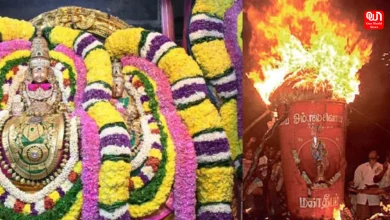2500 year old city excavated under a hamlet in Tamilnadu

Archaeological survey of India has excavated a 3000 year old city under a hamlet on keezhadi, in the Sivanga district of Tamilnadu.
It has been revealed to be one of the most astoounding archaeological discoveries in recent history.

A set of 48 square channels have been dug to reveal what archaeologists called “the largest human settlement in of the sangam age.”
The sangam age is an important chapter of the history of southern India, from the period of 3rd century BC to 4th century AD traverse across the entire Tamil speaking region of the time.

The Sangam Age was dominated the three legend kings The Cholas, Cheras and Pandiyas. Keezhadi is believed to be a part of pandya kingdom.
“Through comparative dating, we place this site to be belonging to the 3rd Century B.C., which is over 2,500 years ago. However, the exact age can be arrived at only after carbon dating, “said Amarnath Ramakrishna, the superintending archaeologist on the excavation.
The survey was started by ASI in 2013 had identified close top 293 Sangam age towns along the course of Vagai river.

The region seen to be inhabited by rich, educated people and also fine games stone, semi-precious stones, refined brick structures and a dozen of Brahmi inscriptions have found.
The excavation has also been conducted at another locality where more graffiti pottery, bone tools and weapons have found.
“Keezhadi could as well be the ‘Peru Manalur’, the city of Sangam Pandiyas mentioned in literature,” speculated Amarnath as the discovery of Roman Ware also pointed to the flourishing trade between the Pandyan Kingdom and the Roman Empire, with the recovery of beads of agate, Carnelian and quartz in the affluent locality.
The excavation project is likely to be completed by the end of September.







